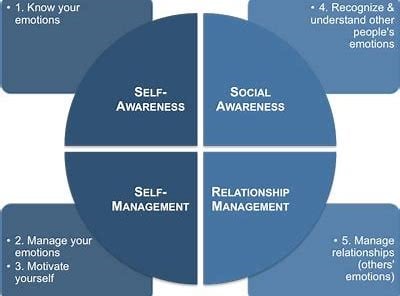Setting effective goals
Have you ever explained a task to someone, and they seem happy with your instructions, only to find that later, they’ve done completely the wrong thing? Or they’ve come close, but the end result is still not what you really wanted? Responsibility lies on both sides here. When you explained what needs doing, were you clear? Did you provide enough detail, but not too much? Is the goal one they are capable of achieving? And the other party – did they really understand what you were talking about, or just go for the ‘nodding dog’ approach? Pretend to agree now, worry about it later? Did they ask questions to really get their head round it, or did they feel they couldn’t?
Clearly we need to improve the situation, which is where the SMART goals acronym comes in handy:
Specific
Clear and understandable information, not vague or open to misinterpretation. You know what a good result looks like, but have you successfully conveyed it to them? Check for their agreement and understanding, and make it ok for them to ask questions if there’s anything they’re not sure about. Nodding dogs, begone!
Measurable
Perhaps the most important letter in the acronym! SART goals are no use to anyone. Any goal or objective has to contain a measurable element, otherwise how will you know when you have achieved it? You could carry on regardless, working on a goal you have already achieved, but you don’t know that! The measurable part of the goal provides an indicator of how we are doing – it makes progress and success quantifiable. Some tasks are more measurable than others, e.g. in a sales team you will have monthly sales targets expressed in numbers – sell this much equipment, or make this much money – and at the end of the month, look at the figures on the sales spreadsheet. They will tell you if you have achieved your goal or not. With some goals, the measure is you either achieved it or not before the deadline. Make it measurable!
Achievable
Sounds obvious, but make sure the goal is one they can achieve! Ideally, the goal will be a stretching one – stretch them but don’t stress them! The goal is neither impossible nor too easy. They can do it, but they have to think and use their initiative. If the individual feels that the goal being set is not achievable, please encourage them to say so!
Relevant
The goal being set should be relevant to their role, making them better at their job by enhancing their confidence and skillset. You could also go for realistic (although if the goal is achievable, this has already been taken care of) or recorded – if the goal is part of the performance management process, then it should be written down for future reference.
Time-bound
You could also go for timed, timely or time-driven – it’s all about the deadline! Some people are given SMART objectives, in which case they should push back and ask for an appropriate deadline, otherwise the job will never get done.
Conclusion
We all need goals, otherwise we would never achieve anything. The SMART acronym gives us a useful model to work from – the 5 criteria for an effective goal or objective. When explaining what needs to be done, be as specific as you can. Make sure there’s a measurable element, and that the goal is achievable and relevant to their role. Add a suitable deadline to the equation and they’re ready to work SMARTer, not harder!
Different interpretations of the SMART goal framework has resulted in it losing its effectiveness or being misunderstood. Some people believe that SMART doesn’t work well for long-term goals because it lacks flexibility, while others suggest that it might stifle creativity. For more information on the potential weaknesses of the SMART goal framework, this article on Locke’s Goal-Setting Theory is a good read.


